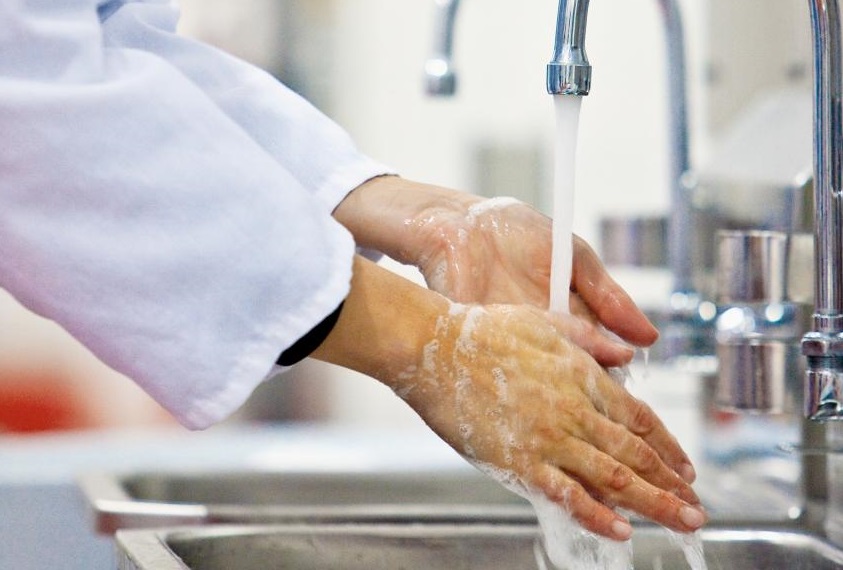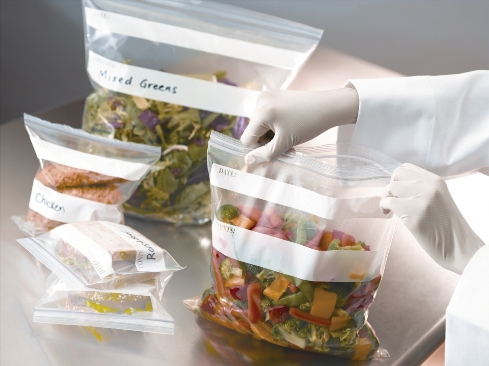September is National Food Safety Month: The Future of Food Safety
Each September we recognize the importance of food safety every day in our operations by celebrating National Food Safety Month. This year’s theme, The Future of Food Safety, emphasizes the changing environment in which foodservice operates. Each week of September has a unique focus:
- Regulation Changes—Staying compliant with new regulations
- Suppliers—Best practices for receiving food
- Consumers—Responding to new trends and technologies
- Employees—Their role in ensuring food safety
Go to www.foodsafetyfocus.com to download resources related to these four focus areas.
At FoodHandler, we believe that food safety should be the focus in foodservice operations every day. This month our blog presents ideas for creating a positive food safety culture, which we believe forms the foundation for a strong food safety program. We are pleased to provide on-going support for operators through webinars, blogs, signage, logs, and other resources. Let us know how we can support you—
The Future of Food Safety is important for all of us. Do something extra this month to focus on food safety—provide a training session, use a table tent to communicate to customers your concern for food safety—let your imagination run wild!
READ MORE POSTS
Routes of Foodborne Illness & Germs
From your sniffling coworker to the raw chicken on your kitchen cutting board, everyday life is full of potential infectious hazards. With germs so common and seemingly everywhere, knowing how germs spread is vital to preventing infection and foodborne illness. There are seven possible ways for the transmission of bacteria and viruses to take place. Although some of these microorganisms in our environment are good for us and protect us, disease causing pathogens are the germs or bad guys.
Handling Leafy Green Salad
We have had several produce outbreaks of foodborne disease from our lettuce, spinach, and other greens in the last several years that have been devastating to the produce growers and distributors, retail grocery stores, restaurants, and consumers.
Food Packaging Safety in a Vacuum
Extending the shelf life of fresh foods has come a long way in the food industry since curing meats with salt and sugar or canning vegetables with heat processing. The food service and consumer markets needed some better visual packages to draw the eye to the freshness factor and the technology of food packaging has filled our dinner plate. Vacuum packaging and modified atmosphere packaging, shortened to “MAP”, are the terms used for the method of food packaging used every time we choose convenience over more complex scratch meal preparation. According to industry statistics, billions of packages of vacuum and MAP-packaged foods flood the marketplace today. In both modified-atmosphere and vacuum packaging, food is packaged in a pouch made of barrier film.
The Eleven Commandments of Food Safety at Your Restaurant
Lists help us remember all kinds of information. Given the list of recent national foodborne outbreaks in the news, keep repeating this list to your food service team. They are kind of like “commandments”. As a professional in a food service facility we should think of the very basic food safety concepts that every crew member should aspire to learn, even though this list may have different priorities based on your menu. The first 3 apply to anyone who serves food, from a bag of popcorn to a full course meal. As chefs or managers, if we can “set the example” by repeating good food safety practices visibly to the crew, it will help them understand how important it is to the success of your facility. Thou shalt:











